Get PeakVisor App
Sign In
Search by GPS coordinates
- Latitude
- ° ' ''
- Longitude
- ° ' ''
- Units of Length

Yes
Cancel
Share ×

Scan the QR code and open PeakVisor on your phone
❤ Wishlist ×
Choose
Delete
Gates of the Mountains Wilderness contains 28,562 acres (11,558 ha) of protected landscapes and is located within the 2.8 million-acre (1.1 million ha) Helena-Lewis and Clark National Forest. Although a seemingly large area, it is Montana’s smallest designated wilderness. There are seven named peaks in the wilderness, the tallest of which is Moors Mountain at 7,979 ft (2,432 m) in elevation.
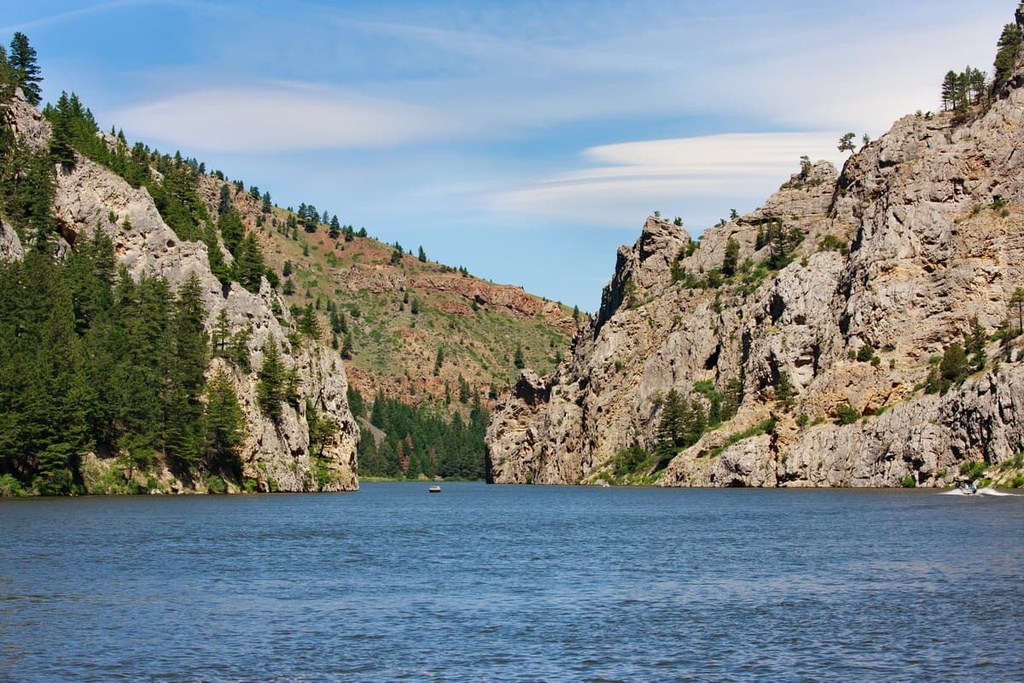
The Gates of the Mountains Wilderness is a federally protected area located within the Big Belt Mountains of the west-central part of the US state of Montana.
It is recognized for the massive limestone canyon cut into formation by the Missouri River that’s within its boundaries. The picturesque canyon takes form downstream from Holter Lake near the towns of Wolf Creek and Craig.
The 75 mile (120 km) long Big Belt Mountains are named after their belt-like shape. However, absent from the Gates of the Mountains Wilderness are expansive mountain views, which are common features in many of Montana’s designated wilderness areas.
The geographical uniqueness of Gates of the Mountain Wilderness lies within the rugged canyon that it’s named after. Formed by the powerful flow of the Missouri River over the course of 3 million years, the scenic stretch of canyon is almost 6 miles (9.7 km) long and 1,000 feet (304 m) deep.
In recent history, the creation of the Holter Dam drastically altered the area’s natural landscape. This dam raised the water level of the river 30 feet (9 m) above the original height and laid the foundation for Holter Lake.
Following the river upstream from the Holter Dam, you will encounter three additional dams: Hauser Dam, Canyon Ferry Dam, and Toston Dam. Most of these dams have also created their own namesake artificial lakes, such as Upper Holter Lake, Hauser Lake, and Canyon Ferry Lake.
Since the Continental Divide runs through Helena-Lewis and Clark National Forest, the mountain ranges in the region have island-like isolation from each other. Besides the Big Belt Mountains, some of the other major ranges in the area include the Crazy Mountains, Elkhorn Mountains, Little Belt Mountains, and Snowy Mountains.
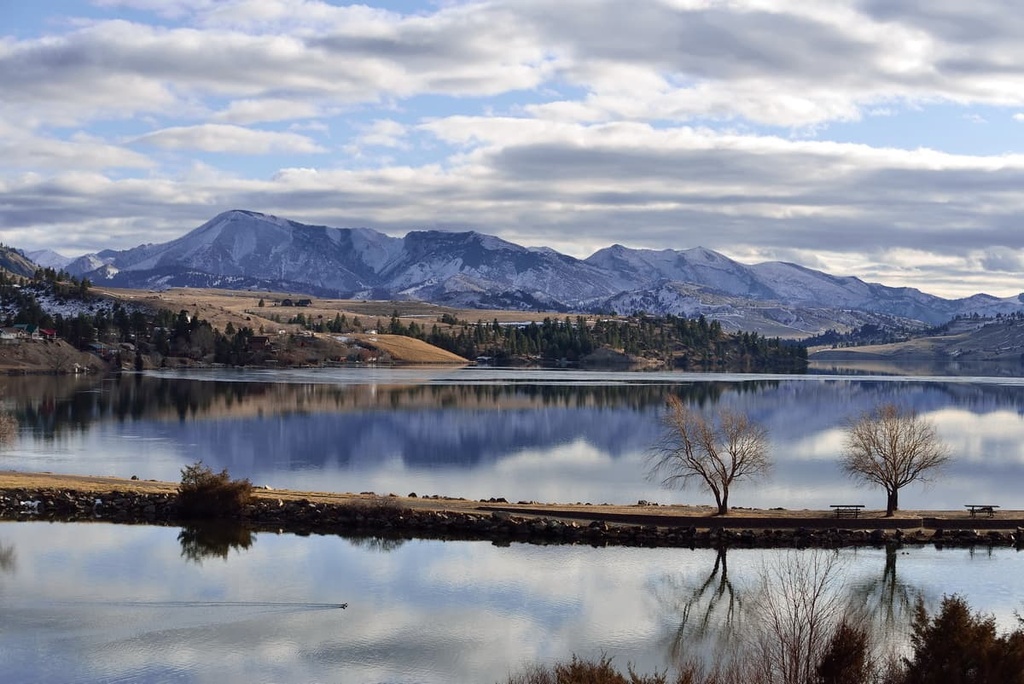
The mountains that make up the Gates of the Mountains Wilderness are part of the Big Belt Mountains.
These peaks are predominantly composed of sedimentary limestone with pockets of metamorphic and igneous rock. This area is part of the Belt Supergroup, a Mesoproterozoic sedimentary basin that extends from western Montana to northern Idaho and into southeastern British Columbia.
Prospectors once surveyed and mined the area’s hills and gulches. The mining boom began in December 1864 when Confederate soldiers on parole struck gold.
Subsequently, thousands flocked to the area when the famous Montana Bar (a rich gold deposit) was discovered. From 1864 to 1870, an estimated $19–30 million in gold was extracted from the area.
The Gates of the Mountains Wilderness is considered to be quite dry for western Montana. The lack of moisture in the wilderness is a result of the rain shadow on the Big Belts, which is caused by the Continental Divide to the west.
Streams in this area are mostly intermittent or seasonal due to the porous rock underlying the soil. However, there are some high elevation lakes east of Mount Baldy and Boulder Baldy that hold water year-round.

The forest in the Gates of the Mountains Wilderness is predominantly made up of Douglas fir and ponderosa pine at lower elevations, with subalpine fir and whitebark pine found higher up. In the valleys and drainages of the wilderness, you can find narrow riparian areas with willow, dogwood, cottonwood, and other patches of moisture-loving plants.
It’s not uncommon to spot elk, white-tailed deer, mule deer, pronghorn antelope, bighorn sheep, coyote, fox, and black bear in the wilderness. After over a century of absence, grizzly bears are also believed to be rejoining the list of Gates of the Mountains fauna with infrequently reported sightings.
Gates of the Mountains Wilderness was named by the famous American explorer, Meriwether Lewis. He wrote upon entering this magnificent canyon, “From the singular appearance of this place I called it the gates of the Rocky Mountains.”
The famed Lewis and Clark Expedition of 1804–1806 traveled through what is now the wilderness area in July of 1805. However, evidence of human inhabitation of the canyon predates Lewis and Clark by thousands of years.
Though many Indigenous tribes historically passed through this area, it was primarily known as a “transitional zone” rather than a place of residence. It was a place where the Blackfeet, Salish, Crow, and Bannock tribes all traveled through regularly.
The area is also the grounds for a recent and tragic moment in history. On August 5, 1949, a group of 16 smokejumpers (highly skilled airborne wildland firefighters) was dispatched to the Mann Gulch Fire from the nearby city of Missoula.
The fire unexpectedly erupted and grew incredibly fast in a short period of time. It burned over 3,000 acres within ten minutes, forcing the smokejumpers to run for their lives. Tragically, all were killed except for 3 firefighters who miraculously survived.
Hiking in Gates of the Mountain Wilderness is popular as the trails in the region are easily accessible.
The area is home to well over 53 miles (85 km) of maintained trails, which range in difficulty from beginner to expert level. Most of the trails are located at lower and dryer elevations, making it a great place for a hike in early spring and late fall when most of Montana is buried under snow.
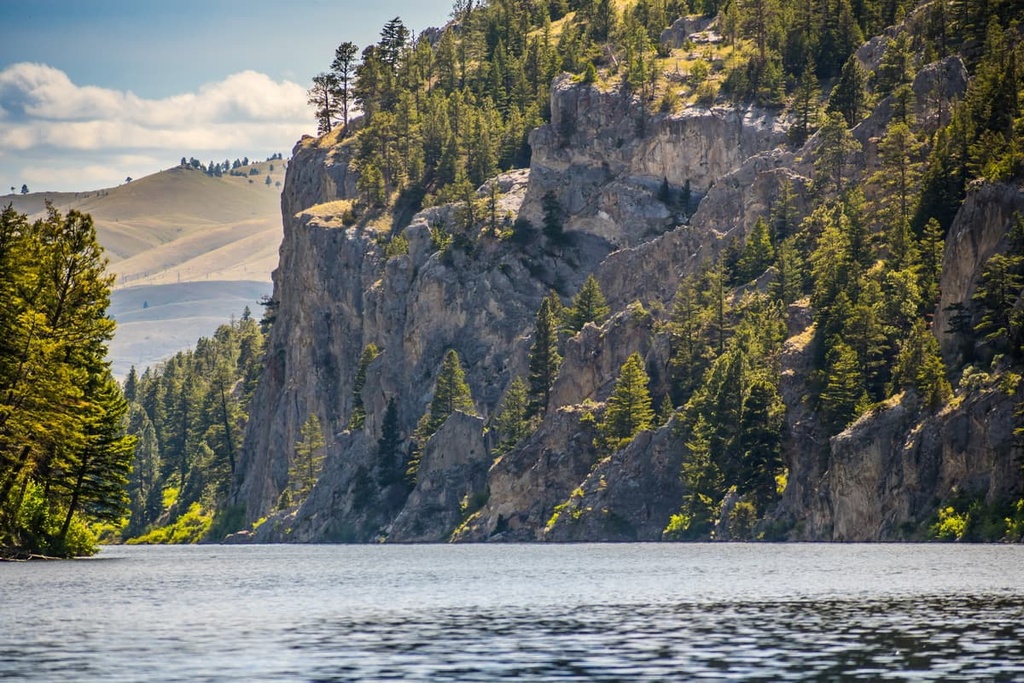
Here is a list of the top trails to check out in the wilderness:
Although Gates of the Mountains Wilderness is isolated from city life, it is still a popular day trip destination from Helena or Great Falls. By way of I-15, the drive from either city is quite scenic and enjoyable.
Helena, the capital of Montana, was established in the nineteenth century during the Montana gold rush. Around that time, billions of dollars in gold were being mined from the mountains surrounding the city. As a result, Helena was one of the wealthiest cities in the US during the early part of its history.
Today, the Helena has a population of 34,000 people, making it the sixth-largest city in Montana. It is a popular destination for outdoor enthusiasts and a great basecamp for adventures into the Gates of the Mountains Wilderness.
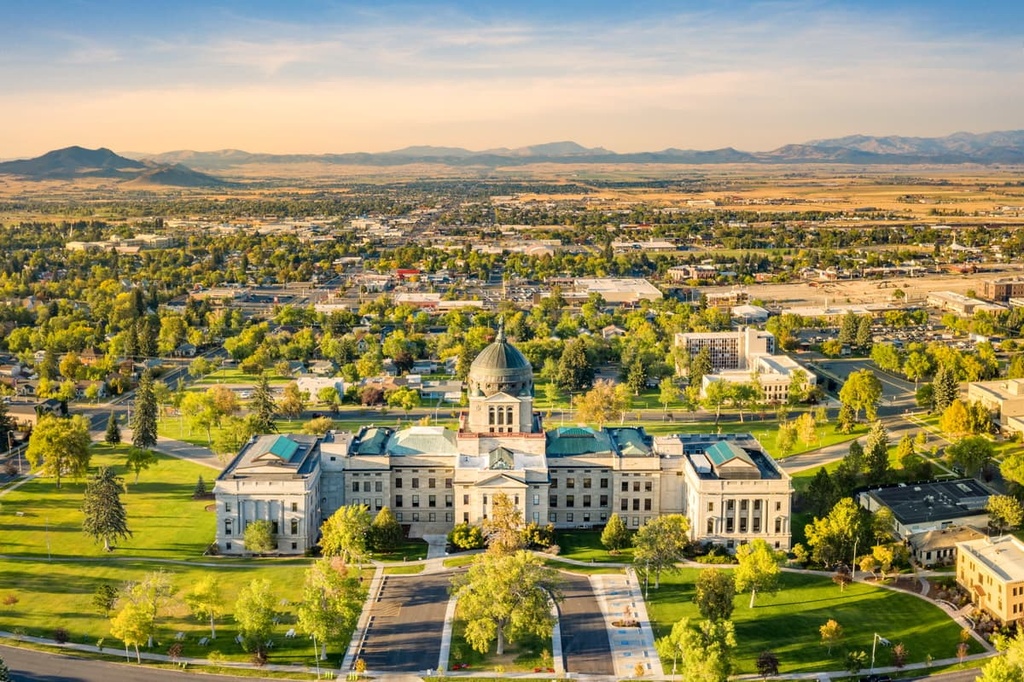
Great Falls is located about 80 miles (129 km) to the northeast of the Gates of the Mountains Wilderness, and it is the third most populated city in Montana with 58,000 residents. The city is named for a series of waterfalls located on the Missouri River to the northeast of the city.
There are plenty of hotels to stay at in Great Falls. Additionally, if you’re traveling to Gates of the Mountain Wilderness from Great Falls, be sure to check out The Lewis and Clark Interpretive Center for a fun and interpretive history lesson.
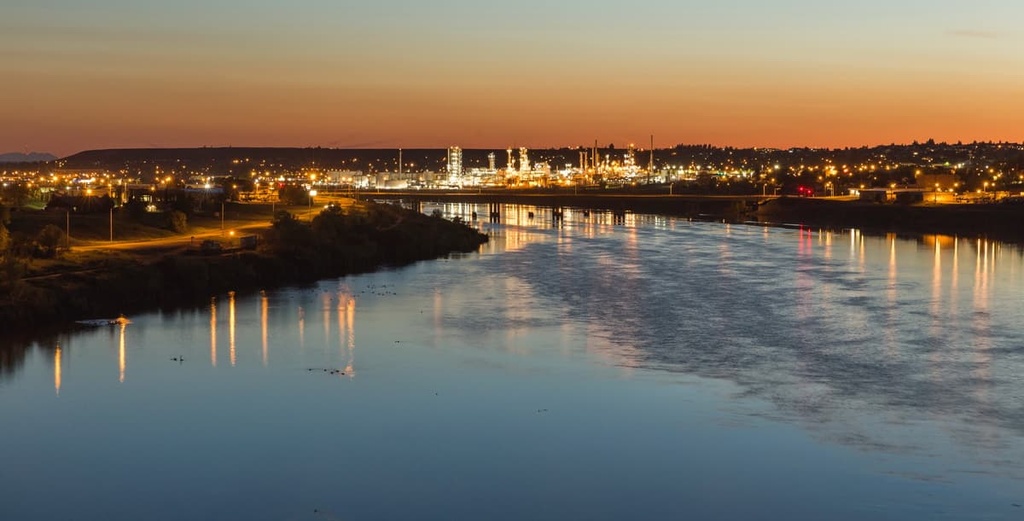
Explore Gates of the Mountains Wilderness Area with the PeakVisor 3D Map and identify its summits.





